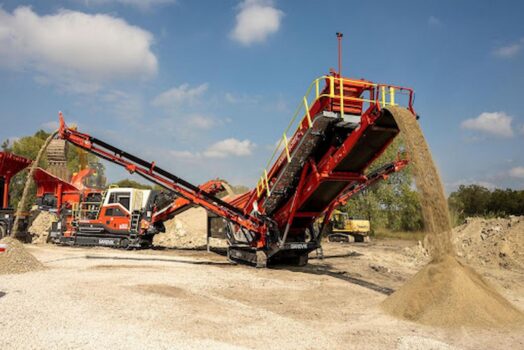Fireworks are indeed created by the amalgamation of different chemical elements that when ignited come up with a colourful and visually stunning display. The most important thing is that the science behind fireworks is based on the principles of combustion, aerodynamics, and pyrotechnics.
Fireworks rockets are indeed a beautiful display of light as well as colour which have truly been used for centuries to celebrate special events as well as occasions. The most important thing is that the science behind how they work is based on a few key principles of physics.
Propulsion
Fireworks rockets are all about a sort of combination of gunpowder, also regarded as black powder, and an oxidizer to come up with an explosion that propels the rocket into the air. The most important thing is that gunpowder serves in the form of fuel while the oxidizer imparts the oxygen important for combustion. A wedding is incomplete without wedding fireworks indeed since it adds a lot of beauty to it.
Pressure
Here, it needs to be mentioned that the explosion from the gunpowder creates a huge amount of pressure which pushes the rocket upward. As the rocket goes up in the sky, the pressure inside the rocket decreases leading the combustion process to slow down truly. Go with wedding fireworks to have an incredible experience and make D-day highly memorable.
Altitude
The most important thing is that the altitude of a firework rocket is indeed determined by the amount of gunpowder and the size of the nozzle. Larger amounts of gunpowder as well as a smaller nozzle will result in a higher altitude when it comes to smaller amounts of gunpowder and a larger nozzle will result in a lower altitude.
Parachutes
Some fireworks rockets are indeed designed to deploy a small parachute after approaching a specific altitude. It also helps in the context of slowing the descent of the rocket, allowing it to float gently back to the ground.
Colour And Light
The colourful displays which accompany fireworks are indeed created by adding metal salts or different chemical compounds to the gunpowder. The most important thing is that when these compounds are heated, they emit light of particular colours. By going with different combinations of compounds, fireworks manufacturers can truly create an array of shades and effects.
A firework rocket typically holds a cylindrical tube made of paper or different lightweight materials serving as the fuel container. On the basis of the tube is truly a small amount of black powder acting in the form of an ignition source as well as the propellant. The black powder is lit and indeed it creates a controlled explosion that generates gas as well as heat pushing the rocket into the air.
Conclusion
The most important thing is that the science behind fireworks rockets is based on the principles of propulsion, parachutes, pressure altitude as well as the creation of light and colour. These simple yet effective principles are making fireworks a popular as well as beloved spectacle for folk of all ages.




